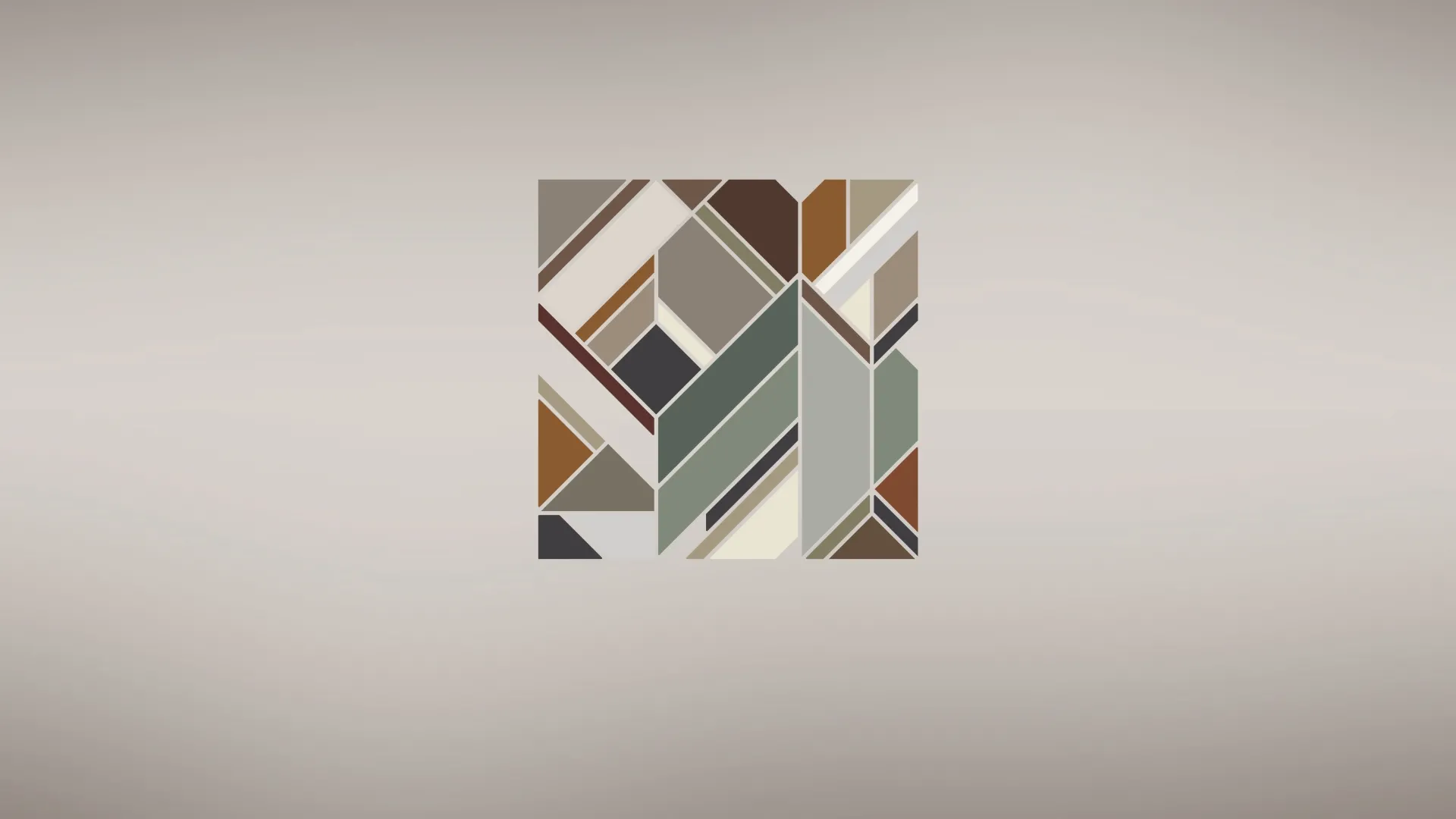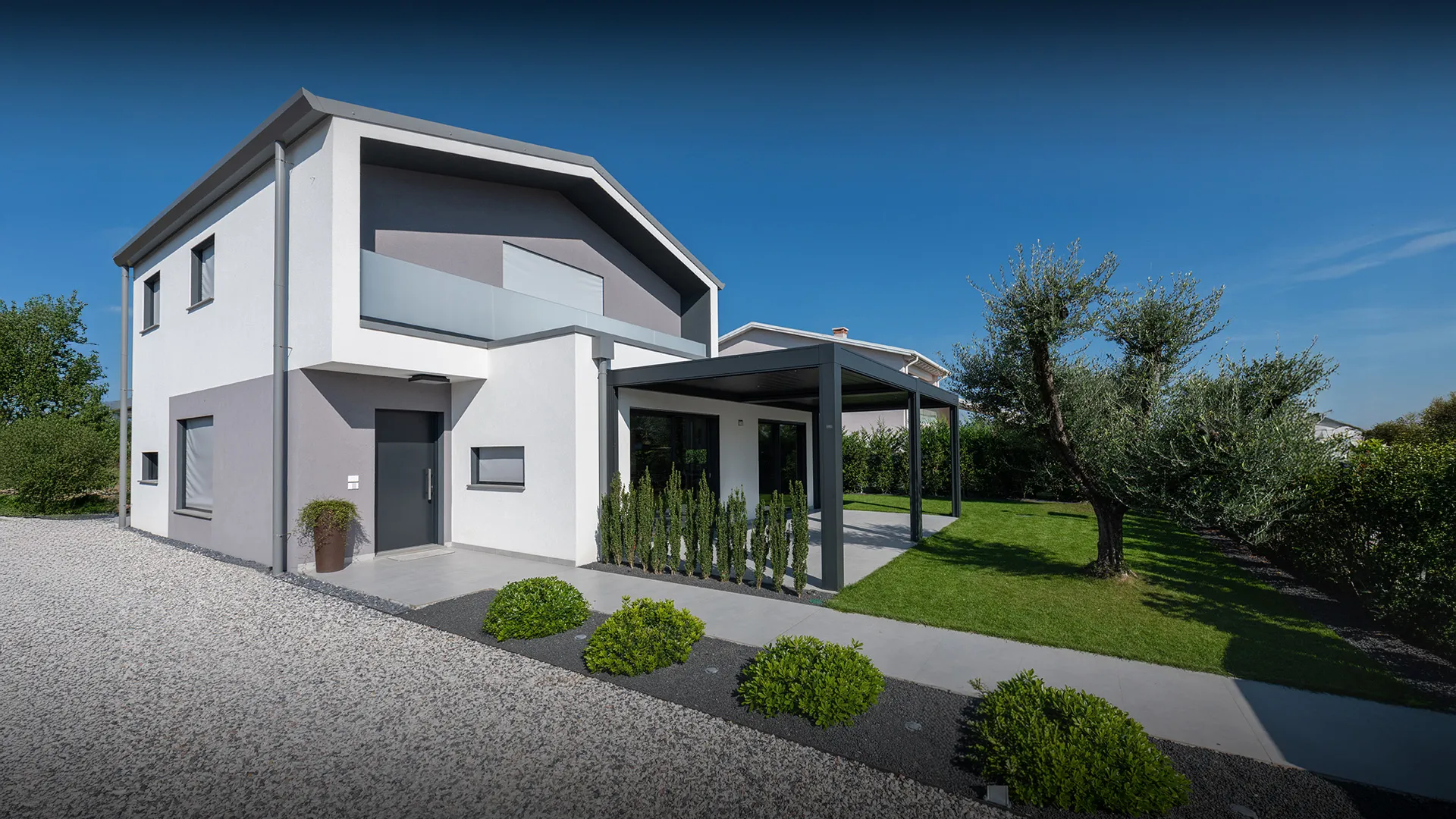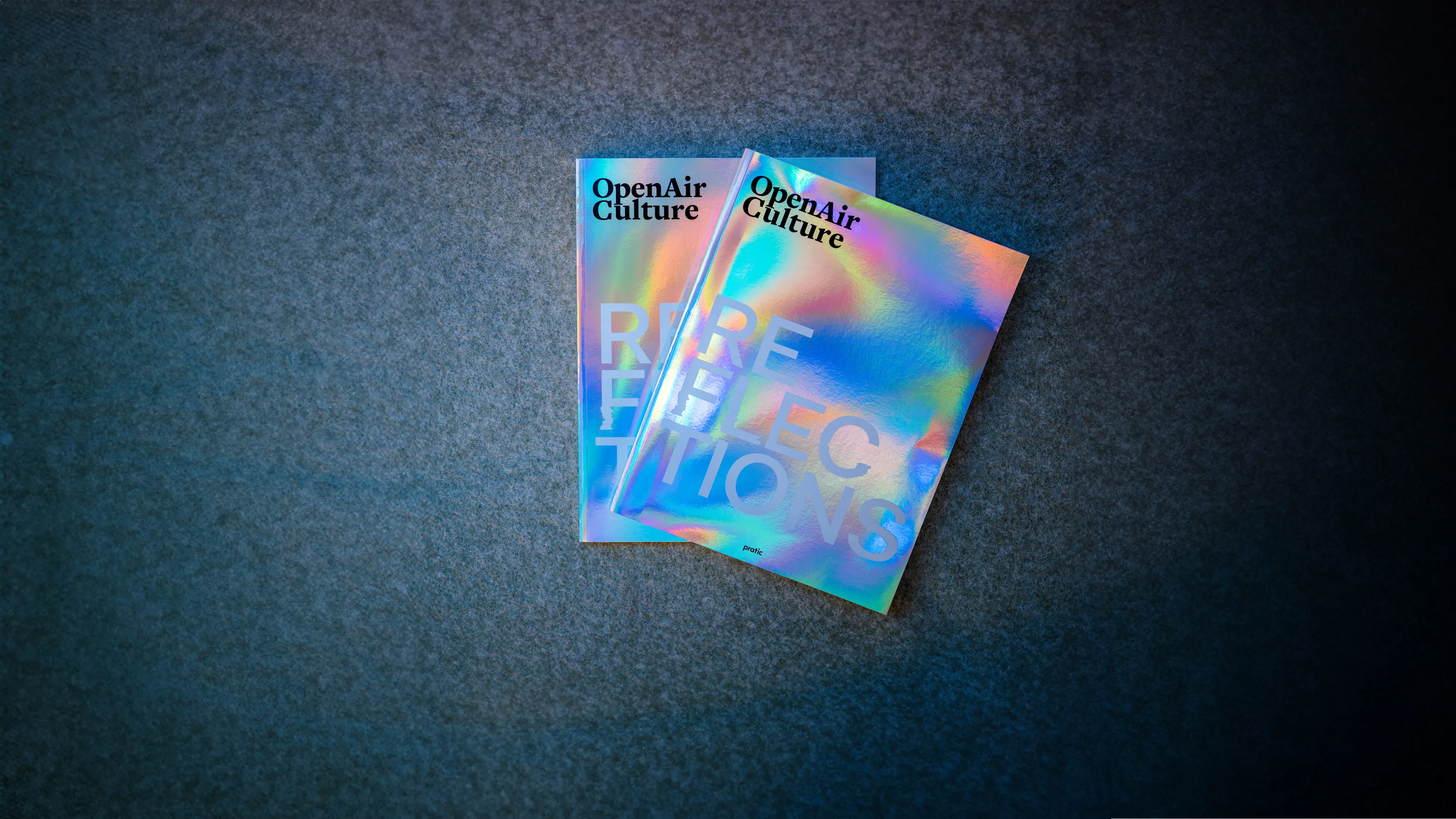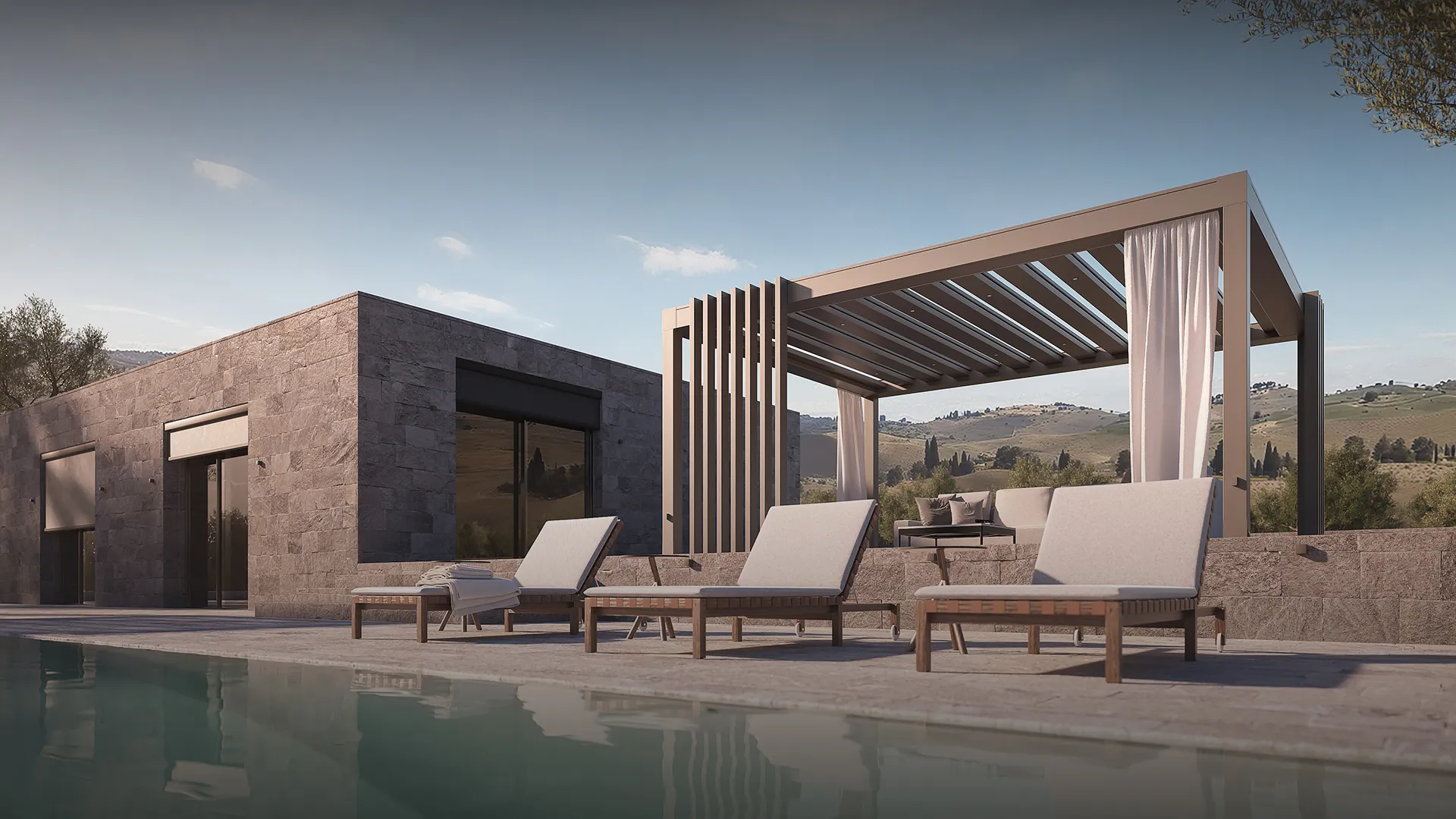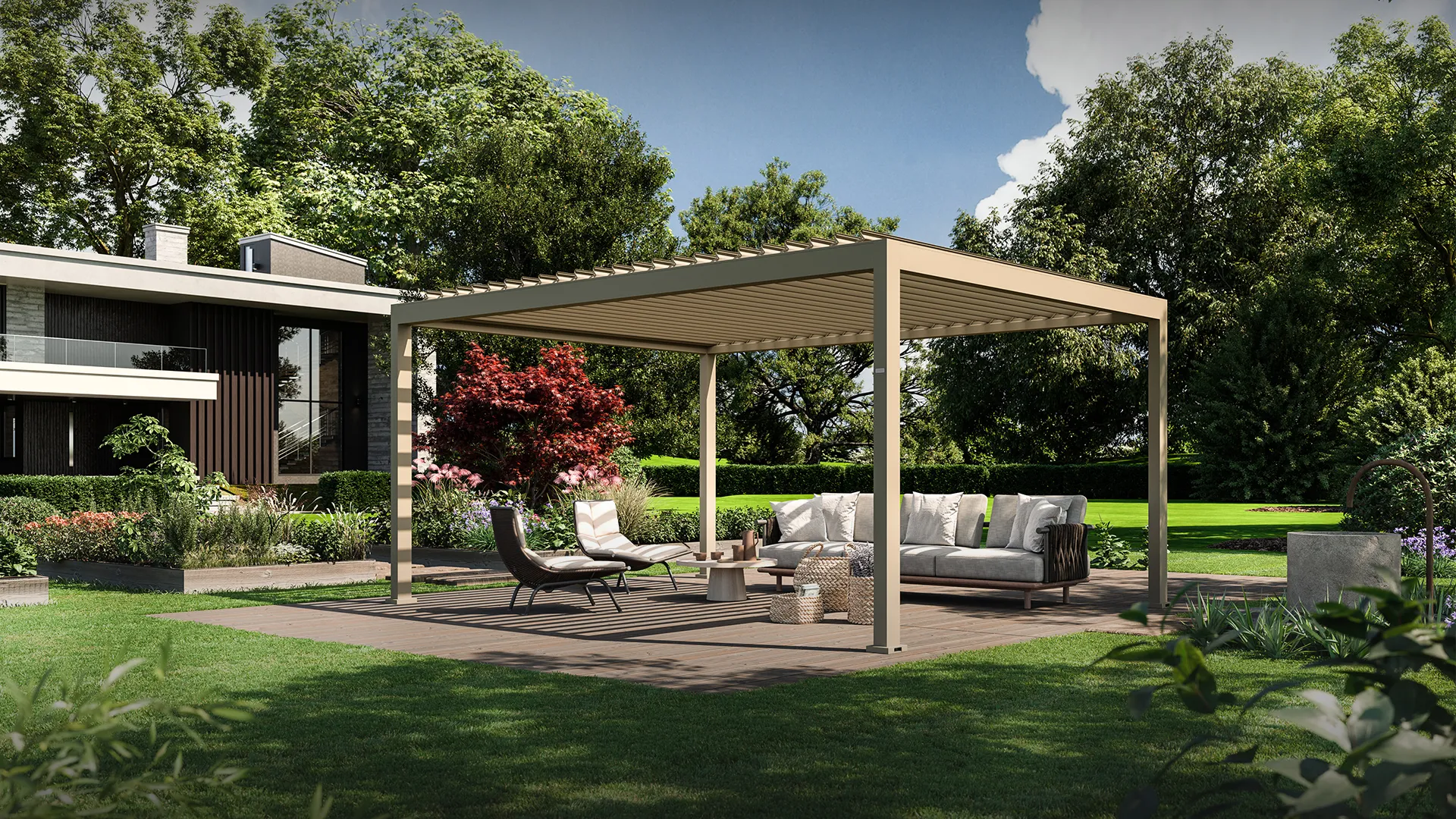The beauty of matter
Does beauty lie in the eye of the beholder or is it a universal language instead? The truth, as always, can be found somewhere in between.
Recent neuro-scientific studies have in fact answered one of humanity’s most ancient questions, demonstrating how beauty originates in our mind via chemical processes which are triggered by precise stimuli that exist in nature.
These are authentic guidelines for forging aesthetics and creating functional and healthy surroundings.
It is enough to open any social network to realise how much beauty represents an ingrained element in our lives today: from the representation of the self (and the consequent expansion of the cosmetic industry), to that of landscapes, architecture, food and much more, even a simple Instagram page becomes a ‘showcase of beauty’ that satisfies our mind.
A particular phenomenon that has recently aroused the interest of psychologists and neuro-scientists, bringing us back to a question common to many sectors, from architecture to fashion to art: what is beauty and where does it originate?
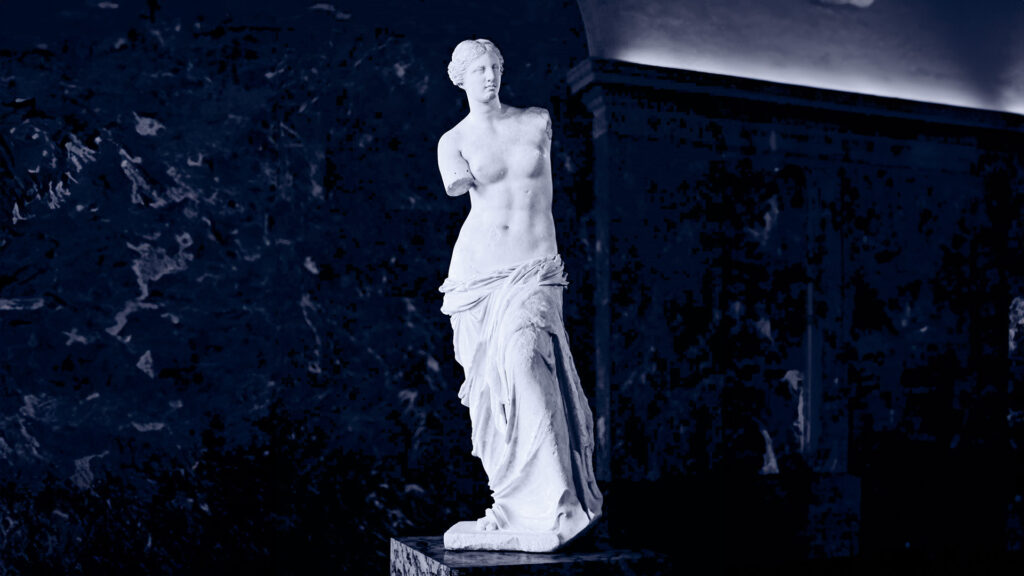
Pratic has decided to investigate a new aspect of the relationship between the human mind and design with its fourth neuro-scientific study in collaboration with the IULM of Milan and the University of Modena and Reggio Emilia, so it can discover the secrets of aesthetics along with their features and benefits.
While we now have the technology to look into this question, the question actually does dates back several thousand years. If people look at classical Greece, the examples of seeking a particular aesthetic are innumerable, so much so that the Greeks identified the idea of beauty alongside the concept of good, and therefore those associated with harmony, symmetry and proportion. This approach has been undermined by new theories over a number of centuries: experimental psychology, for example, which evaluates beauty (the “I like”) as what is known and familiar; whereas Darwin’s famous axiom wants beauty to be an evolutionary mechanism capable of portraying physical prowess, health and the ability to allow species to continue.
The neuro-scientific approach is accurately based on the Darwinian hypothesis that beauty is inherent in the biological roots of the human being and that the latter has developed neural receptors to dismiss it. Certain areas of the brain are in fact activated when stimulated by nine functional stimuli (visual or sound): grouping, apex shifts, contrasts, isolation, perceptual problem solving, rejecting coincidences, order, symmetry, metaphors.
What actually happens is that these stimuli confirm our level of expectations; confirmation puts circulates dopamine; dopamine wraps us up with its neurochemical warmth; we experience a strong sensation of pleasure; pleasure makes what we are seeing to be positive: and then beauty is born!
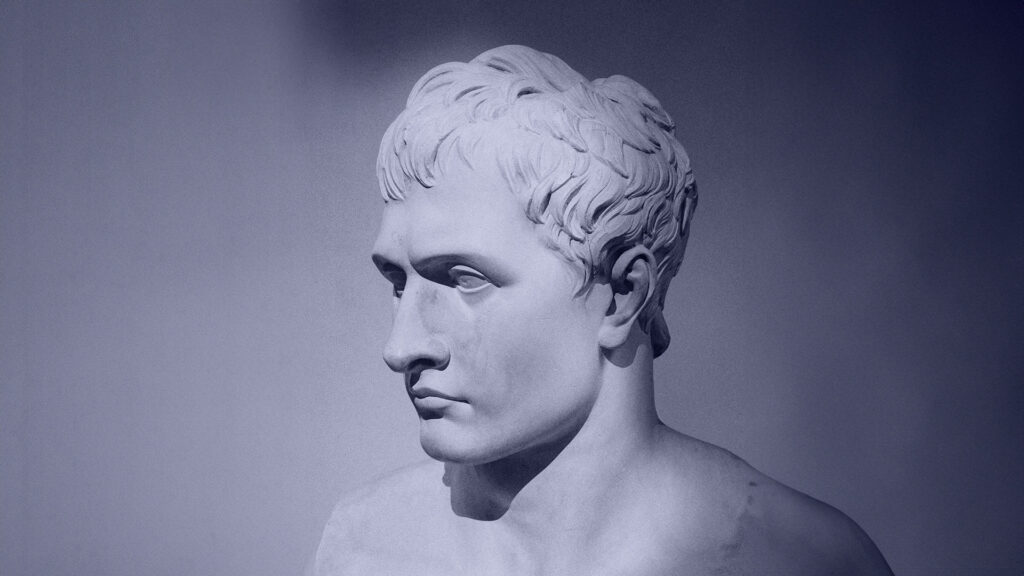
The outdoors, the lynchpin or perfect aesthetics
The perfect combination of stimuli required to create beauty has always been a part of both the natural and “outdoor” world, and this has been confirmed by the golden period, the famous canon of ideal aesthetics as theorised by Euclid. This proportion on the basis of the figurative application of the golden number (approx. 1.6180339887) actually fails to correspond to a basic mathematical calculation, albeit one which is a completely spontaneous and observable phenomenon in nature, where some people still try to imitate as a pillar of perfection.
Ideal beauty is therefore born into the open air, however it is also applied in highly successful examples of architecture and in which the so-called golden ratio guides the design of outdoor areas when people look sensibly for the right relationship between and extension towards the outdoor area and the need for privacy and functionality in indoor surroundings.
The pergola is naturally “golden”
The structure of the pergola can be superimposed perfectly on the visual representation of the golden rectangle, proving that is a form of architecture of innate beauty and well-being.
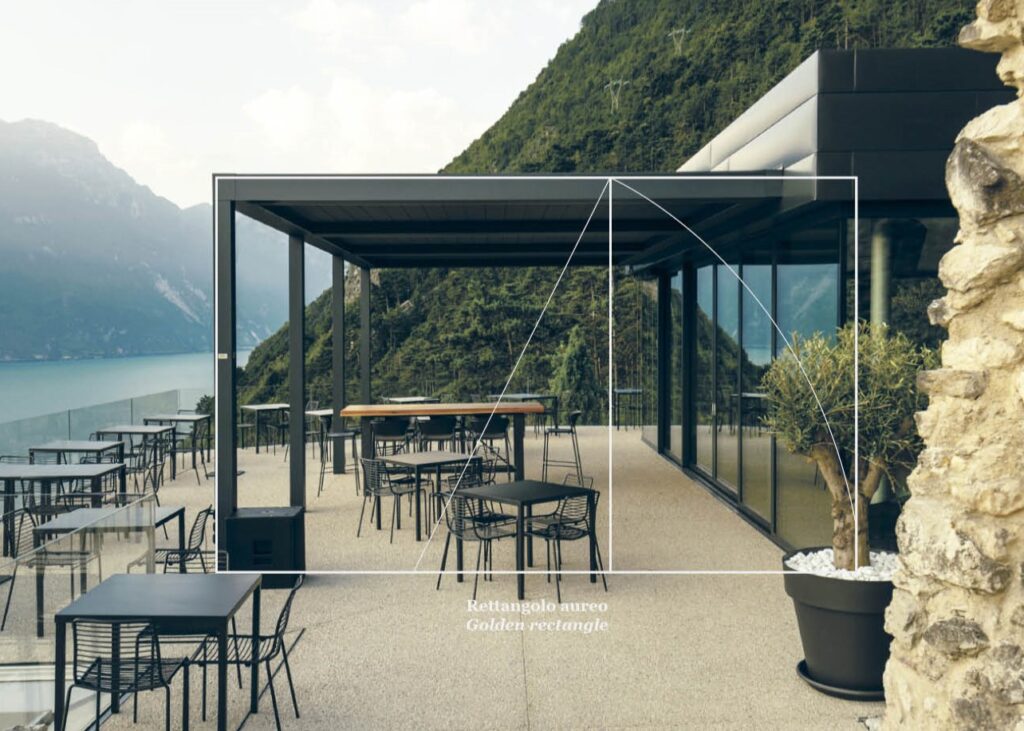
The beauty of architecture that makes you feel good
One of the greatest challenges of architectural design is to create buildings in which aesthetic features such as beauty or elegance are combined alongside functional features, such as accessibility, stability and practicality. A model that refers to the Vitruvian features of architecture: beauty (venustas), stability (firmitas), functionality (utilitas), where harmony is creating comfortable and healthy spaces.
Modern construction has often focused on the utilitarian element, which absorbs the concept of venustas into that of utilitas; whereas we have only started seeing a change of direction in the past few years, which is guided by neuro-scientific results in terms of architecture and its impact on mood, cognitive activity and mental health. Elements that explain the increasingly widespread success of the outdoor areas: include activating the ACC (the anterior cingulated cortex, the centre of our aesthetic “sixth sense” connected to the production of dopamine) are above all the curvature of spaces and the opening of surroundings in upward and outward directions. These feature are in fact typical of semi-open places – including the central courtyard, the veranda, the pergola, the balcony, the winter garden, all of which generate a sensation of beauty and positively promote psychological functioning, learning patterns, behaviour social and emotional well-being.
How to: create beauty
- Organised complexity: non-linear and non-random interactions of different variables, dynamic developments and emergent properties
- Metaphors: apparently simple designs that provide a huge amount of information
- Grouping: identifying unitary sections between various elements
- Typical innovative formats: forms that correspond to the MAYA (Most Advanced Yet Acceptable) thrust and therefore combine what is known with what is new
- Optimal matching: congruent links between the five senses, which stimulate our brain.
And what about the human being?
The privileged territory for human beauty is the face, and particularly its asymmetry. The discovery coincides with the observation of the Venus de Milo, which is an example of aesthetic perfection and is characterised by a specific facial asymmetry. This anomaly prompted the anatomist Christoph Hasse to carry out the first empirical study on the lateralisation of the human face back in 1886, which uncovered a virtual omnipresence of similar asymmetries in actual people.
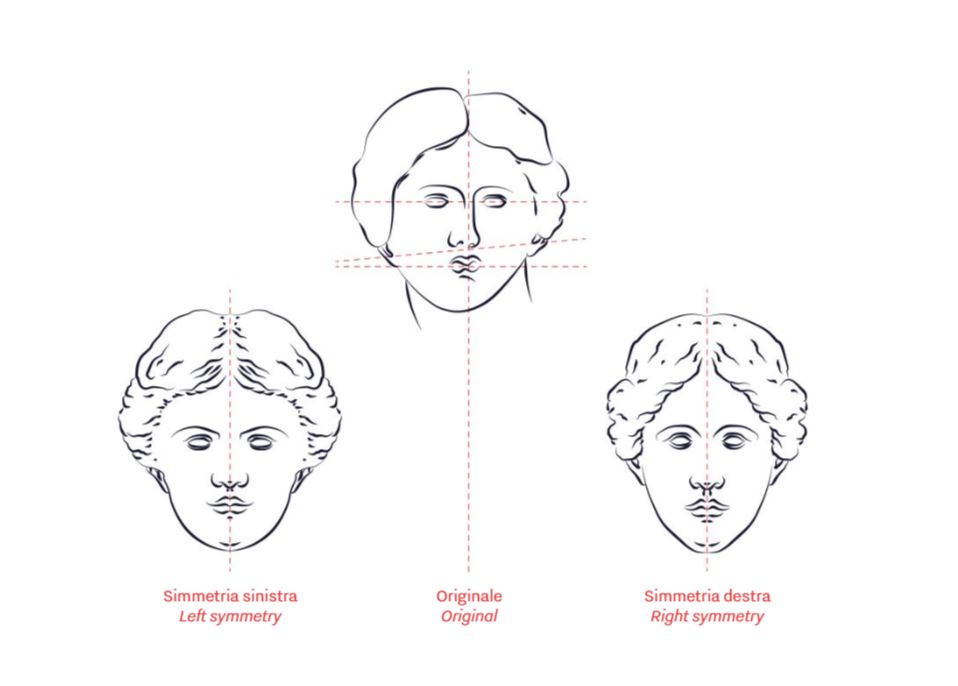
The psychiatrist Julius Hallervorden took inspiration from these results in 1902 to develop the mirror technique for facial asymmetries, which compares portraits composed of only the right or left side by mirroring both halves of the face. The left-left face emerged as the most expressive one, because the decoding area of emotions is positioned in the right hemisphere, and therefore any information is detected in the left-hand side. It therefore wouldn’t come as a surprise that both men and women naturally tend to show the left-hand side of the face when asked to pose in an “emotional context”.
